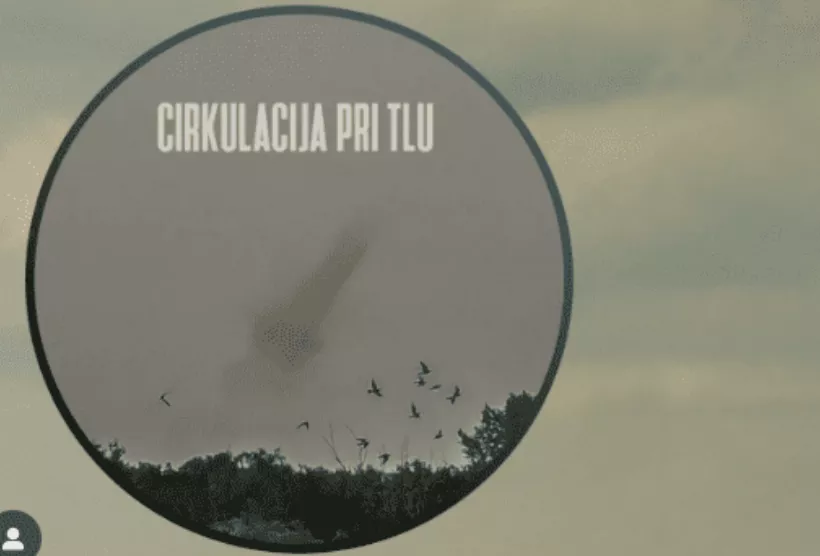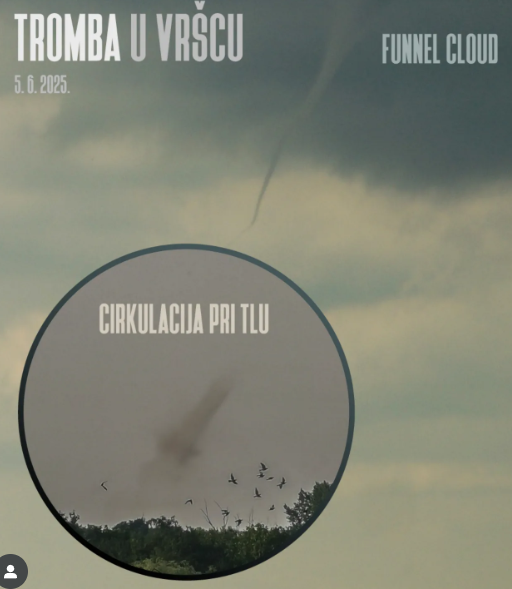
Tornado Occurrence and Frequency in Serbia
Serbia, located in the central Balkans, experiences tornadoes relatively rarely compared to tornado-prone areas such as the U.S. Midwest, but they are by no means absent. Tornadoes in Serbia typically occur during the late spring and summer months, when atmospheric conditions are favorable for severe convective storms. These tornadoes are usually short-lived and weak to moderate in intensity, but stronger events have been documented.
Tornado Climatology in Serbia
- Tornadoes in Serbia most often happen between May and September, peaking in June and July.
- The country’s continental climate, combined with local topography—rolling hills, valleys, and plains—can create localized instability and wind shear conducive to tornado formation.
- Tornado occurrences are mostly reported in northern Serbia (Vojvodina) and the central part of the country, although events in southern regions are also possible.
Intensity and Impact of Serbian Tornadoes
- Tornadoes in Serbia are typically rated between IF0 and IF2 on the International Fujita scale, with the majority being on the weaker end (IF0–IF1).
- Most tornadoes cause tree damage, minor structural damage to buildings, and occasionally power outages.
- Injuries and fatalities are rare but possible during stronger events.
The Last Tornado Description: Vršac, Vojvodina, Serbia
Date & Time: June 5, 2025 (Thursday), 16:20 UTC (± 5 minutes)
Location: Vršac, Vojvodina, Serbia (45.12°N, 21.30°E)
Path Length: Less than 3 km
Terrain: Occurred over land
Observation and Verification
- The tornado event was confirmed by multiple reliable sources, including a newspaper report, photographic and video evidence, and eyewitness accounts.
- The presence of debris and a visible funnel was captured in photos and videos.
- A trained storm spotter also provided verification.
- The report is classified as QC1, meaning it is confirmed by trustworthy evidence.
Intensity and Damage
- Intensity Rating: IF0.5 (International Fujita scale) — indicating a weak tornado.
- Damage Indicators:
- TRW (Tree/Wood Damage): Large tree branches were broken.
- Degree of Damage: Level 2, based on photographic evidence and eyewitness reports.
- The damage was observed in a city park in Vršac, which is densely populated with trees. Only one tree showed signs of non-human damage, likely caused by the tornado rather than lightning or general wind gusts.
Impact and Casualties
- Human Impact: No injuries or fatalities reported.
- Physical Impact: Damage was limited to broken tree branches; no structural damage or casualties recorded.
Additional Notes
- The tornado’s nature—whether supercellular or non-supercellular—is uncertain.
- Social media documentation, including an Instagram post by the user Hailz Srbija (Ivan Dumitru), provides photographic evidence of the debris and funnel.
- The event adds to the understanding of tornado activity in Serbia and the Balkan region, illustrating that even relatively weak tornadoes can be captured and documented in detail with modern technology and spotter networks.
References
- Instagram source: Vršac tornado photo/video
- Report confirmed by Ivan Dumitru (Hailz Srbija) and Thilo Kühne (ESSL)


Illustration picture: https://www.instagram.com/p/DKh9d7Qq-pl/?utm_source=ig_web_copy_link&igsh=MzRlODBiNWFlZA%3D%3D


























